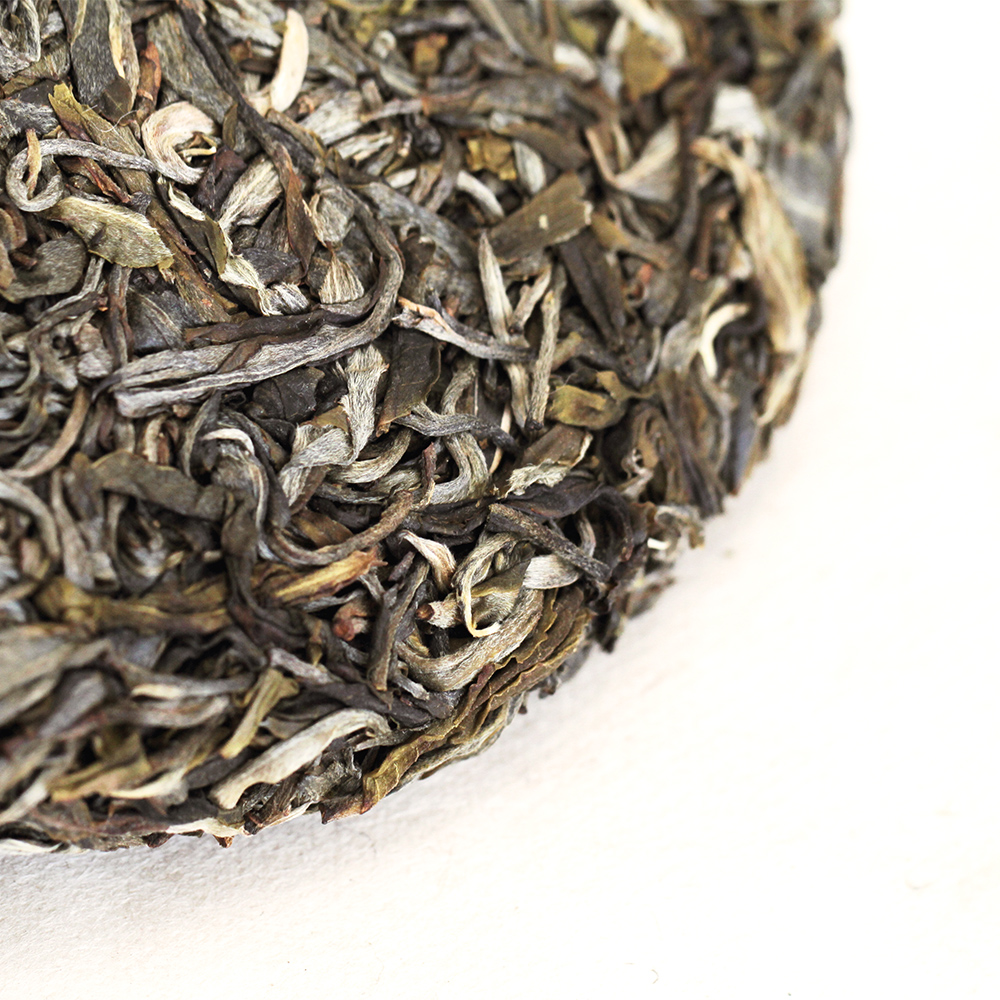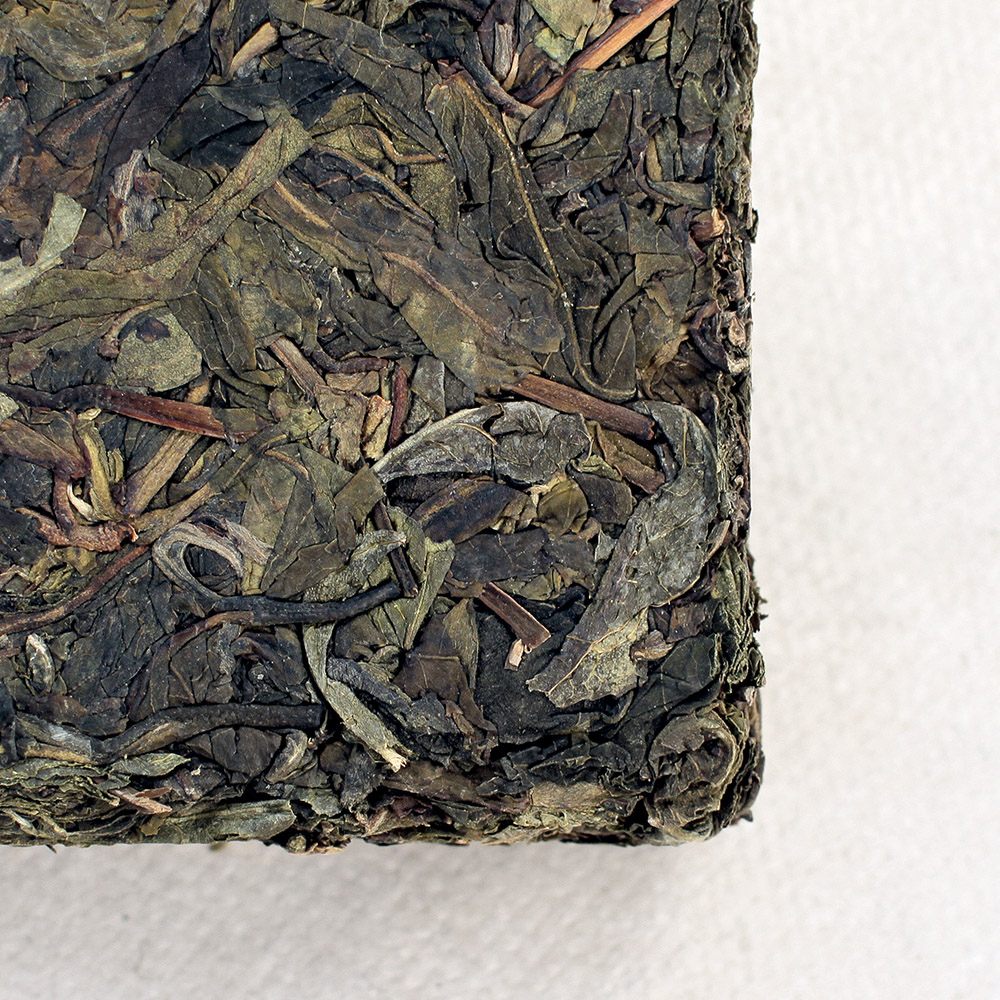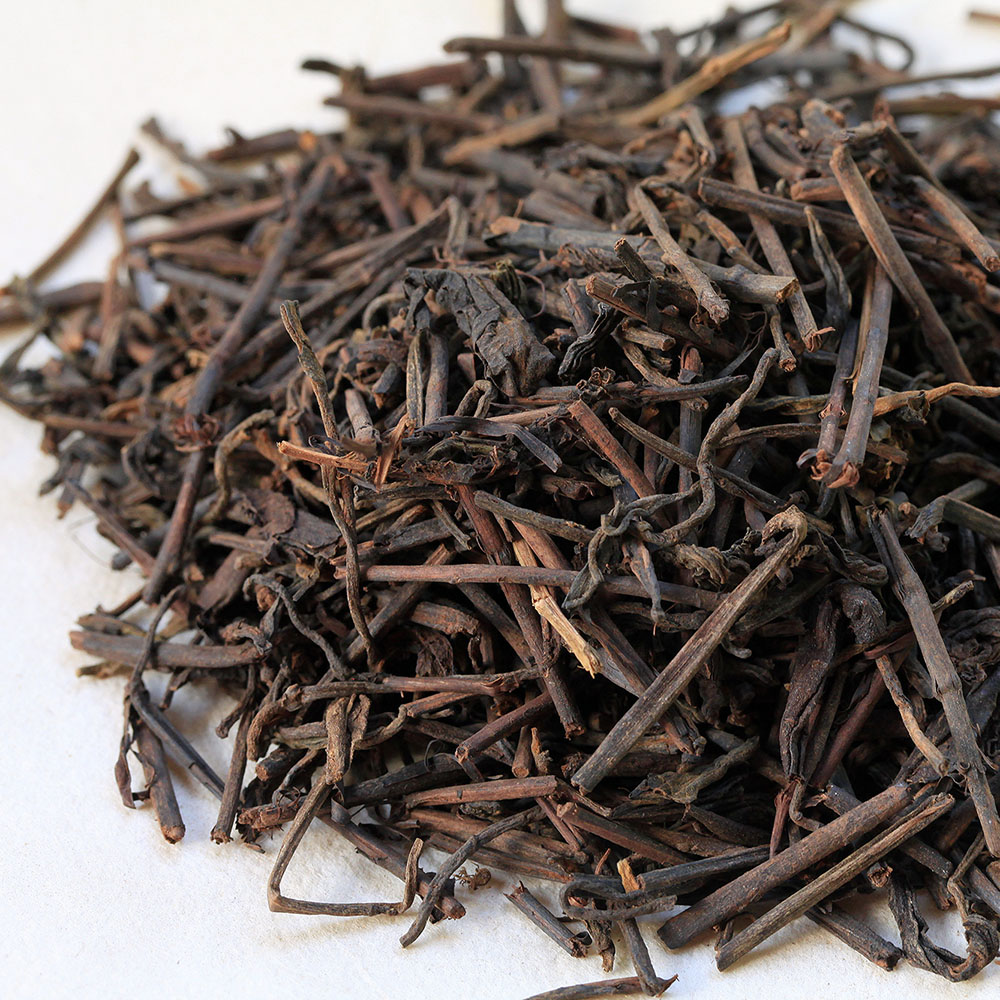
DISCOVERING ANCIENT TREE PU-ERH FROM YUNNAN
Pu-erh is a type of Chinese tea well known by its traditional history. The earliest presence of pu-erh tea can be traced back to the Shang dynasty. When it came to the Tang dynasty, pu-erh emerged to become one of the main commodities. Its popularity continued throughout the Ming and Qing dynasties, and had been widely recognized for its health benefits.
Our Roots
WYMM [waɪm] contains the acronyms of a phrase Wei Yu Mang Mang (惟余莽莽) from a Chinese poem Qin Yuan Chun Xue (沁园春·雪). Wei Yu Mang Mang means pureness and whiteness without boundary. Just like the name suggests, we are here to share our understanding of pu-erh tea without reserve, and to bring to you the finest pu-erh from the birthplace of world’s tea - Yunnan.
Our collection
WYMMTEA’s private collection is traditionally made from premium fresh leaves that are meticulously chosen from the native big-leaved arbor tea plants known as camellia sinensis var. assamica, from ancient tea mountains and gardens along the banks of Lancang river and Nu river in the south of Yunnan province. Each of our tea has its unique history and characteristic flavour and aroma. There are two major categories in our pu-erh tea collection – the sheng (raw) and the shou (ripe).

pu-erh comes in 2 categories, 5 FORMS, from various regions & years

PU-ERH IN YUNNAN
Yunnan is located in the far southwest of China. It is a green and mountainous border province bounded by Laos, Thailand, and Myanmar in the south. Yunnan has the ideal geography and climate for growing tea trees and is recognized as the origin of all tea in the world.
Located in the southwest part of Xishuangbanna Dai Autonomous Prefecture in Yunnan Province, the Six Great Ancient Tea Mountains play a significant role in the birth and evolution of Pu-erh tea. Historically, almost every household in Yunnan grew, harvested and sold Pu-erh tea. Pu-erh was so integral in Yunnan people’s lives that locals used it to barter for commodities.

PU-ERH FOR YOU
Have you seen the onionskin-like paper that we use to wrap our pu-erh? Why is pu-erh from Bingdao so popular? How is wet storage different from dry storage, and what do they do to the quality and appeal of pu-erh?

Collections of folk songs from the Tibet, Lahu, Dai, and Hani ethnic groups. Also presented to you is Baisha Xiyue, part of an ancient orchestral suite passed down from the 13th century within the Naxi ethnic group.






